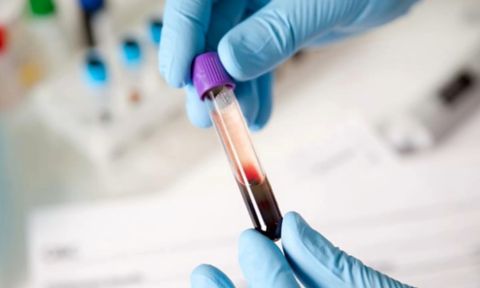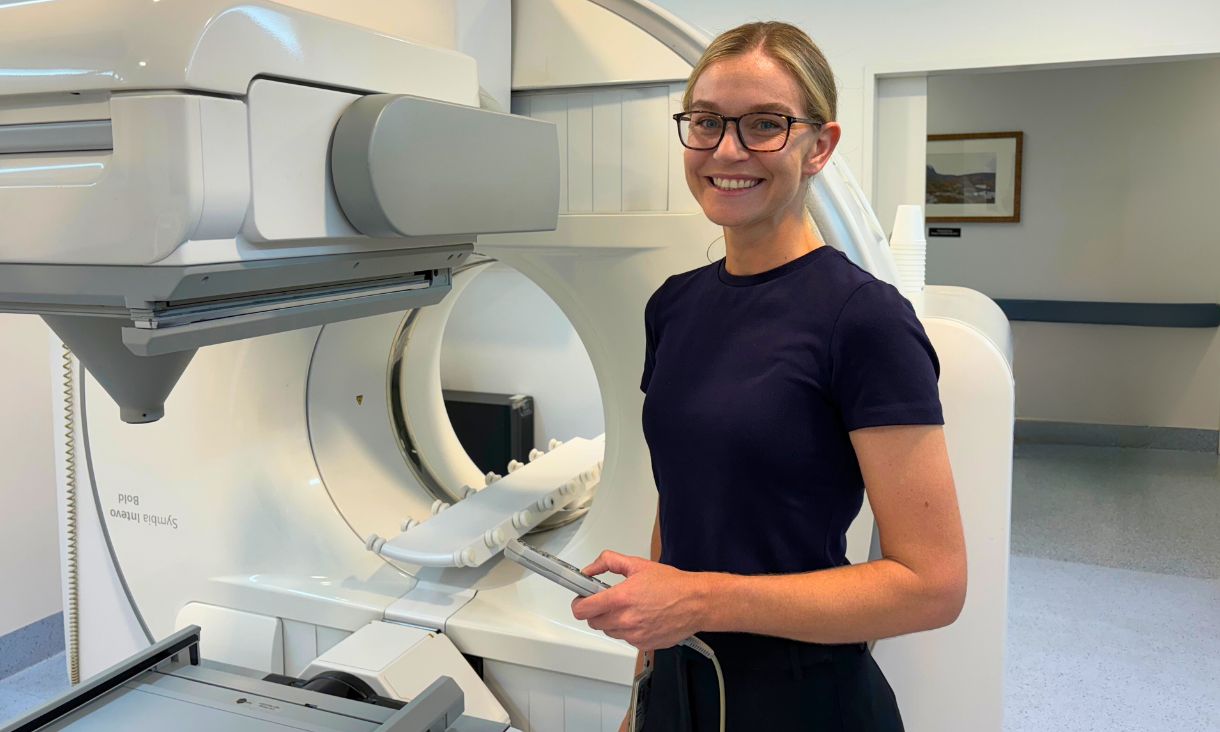This week, the Bill and Melinda Gates Foundation announced it will donate A$10 million to help fund an Australian trial testing whether a very old vaccine, BCG, can be used against a new threat, COVID-19.
So what is the BCG vaccine and what might its place be in the fight against coronavirus?
The ABCs of BCG
The BCG vaccine has been used for nearly a century to protect against tuberculosis, a bacterial disease that affects the lungs. Tuberculosis is caused by a bacterium called Mycobacterium tuberculosis.
BCG is short for Bacillus Calmette-Guérin, as it was created by Léon Charles Albert Calmette and Jean-Marie Camille Guérin in the early 1900s.
To make the vaccine, they used Mycobacterium bovis, a bacterium found in cows and closely related to Mycobacterium tuberculosis. They grew it on a nutrient-rich jelly in the lab for nearly 13 years. The bacterium adapted to this comfortable lifestyle by losing elements in its DNA it no longer needed, including elements that cause disease.
This process is called attenuation and it results in a live but weakened microbe that can be given to humans as a vaccine.
BCG is offered to infants in some parts of the world where there are still high rates of tuberculosis. It protects 86% of the time against some rarer forms of tuberculosis more common in children.
But it only protects about 50% of the time in adults.
Scientists and clinicians generally feel we need a better vaccine for tuberculosis. However, epidemiologists have noticed children who received BCG had significantly better overall health, with fewer respiratory infections and fewer deaths.
Immunologists suspect this is caused by a type of immune response called “trained immunity”.
Trained immunity is distinct from how we traditionally think of immunity, or “immune memory”, because it engages different types of immune cells.
Immune memory vs trained immunity
There are two main types of cells within our immune system: innate cells, which respond rapidly to microbes that cause disease, and adaptive cells, which initially respond quite slowly.
Adaptive cells include B cells, which make antibodies to block infection, and T cells, which can kill infected cells. Importantly, adaptive cells can remember particular microbes for years, or even decades, after we first encounter them.
This phenomenon is called “immune memory”.
When adaptive immune cells encounter the same microbe a second or subsequent time, they respond much more quickly, and the immune system can effectively clear an infection before it causes disease. Immune memory is why often we don’t get infected with a specific microbe, like chickenpox, more than once.
Most of our current vaccines exploit immune memory to protect us from infection.
For decades, scientists believed innate cells lacked the ability to remember previous encounters with microbes. However, we’ve recently learnt some innate cells, such as monocytes, can be “trained” during an encounter with a microbe. Training can program innate cells to activate more quickly when they next encounter a microbe – any microbe.
Some live attenuated vaccines, such as BCG, can trigger trained immunity, which can enhance early control of other infections. This raises the tantalising possibility that BCG could train innate cells to improve early control of the SARS-CoV-2 virus, to reduce COVID-19 disease or even prevent infection.
And as a bonus, BCG could potentially protect us against other pathogens too.








